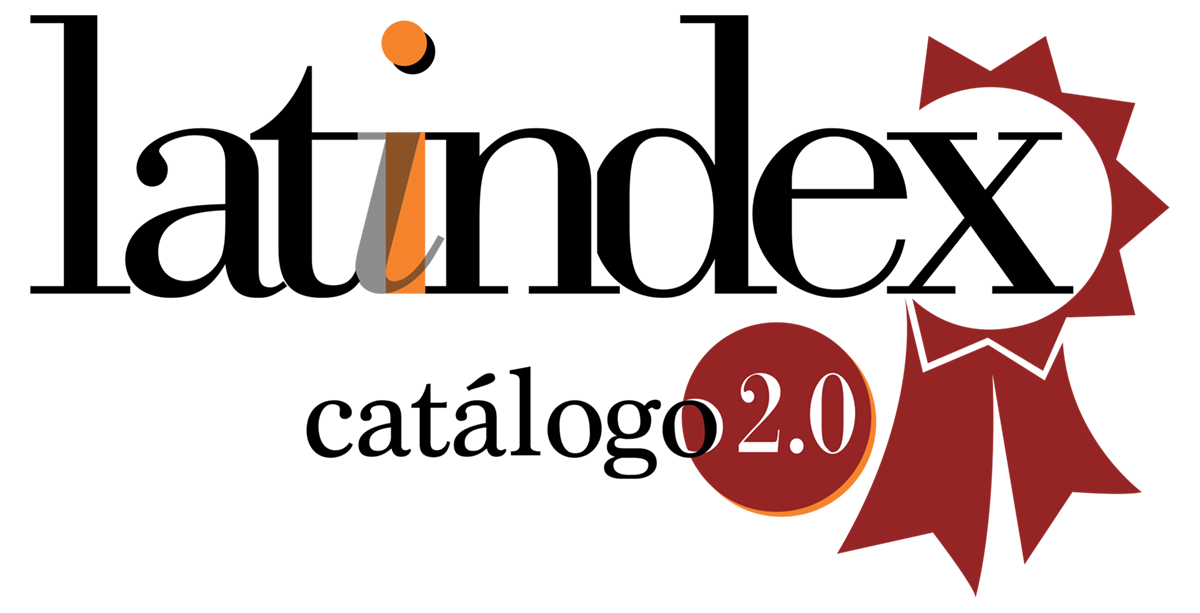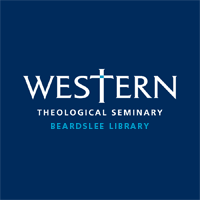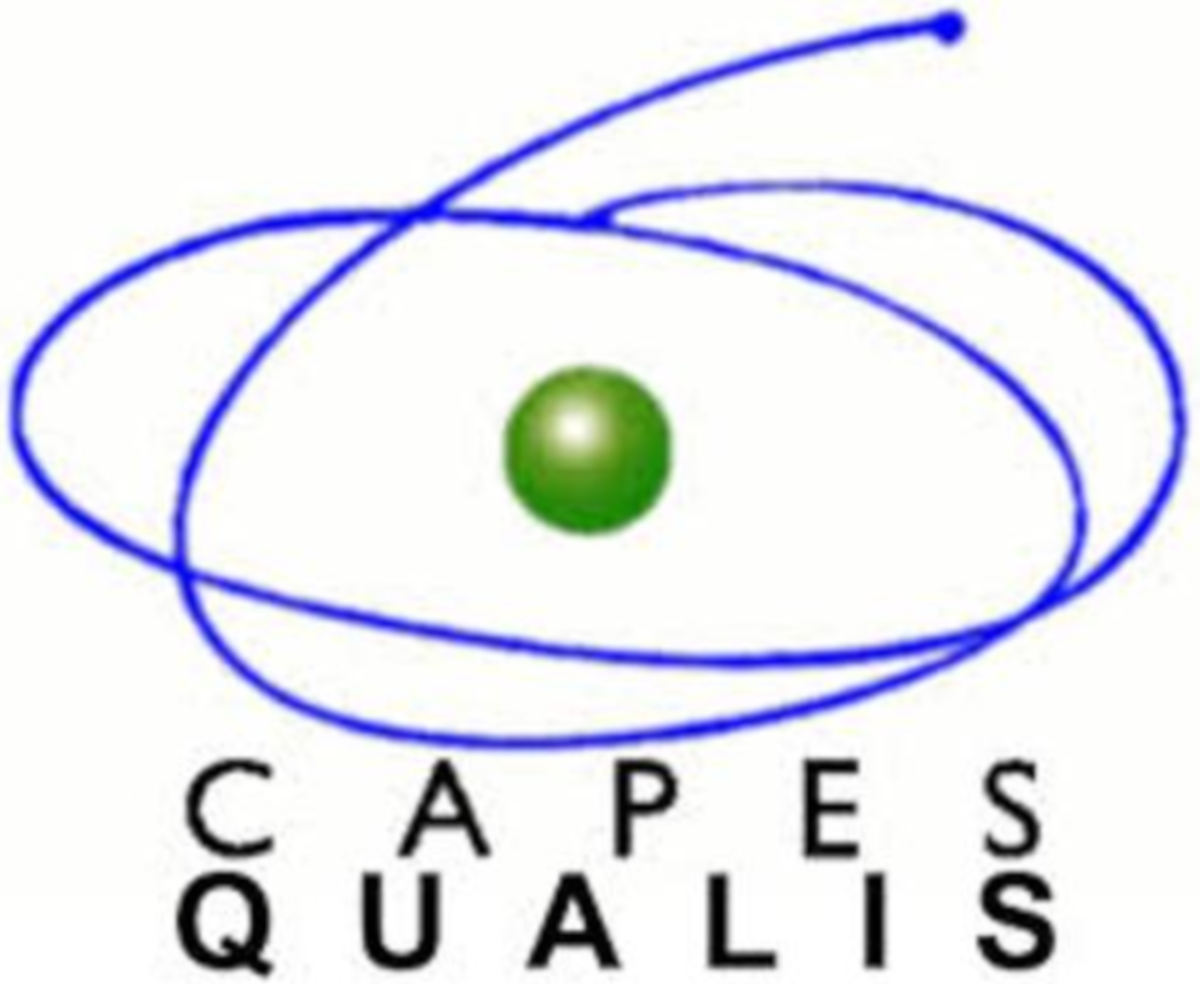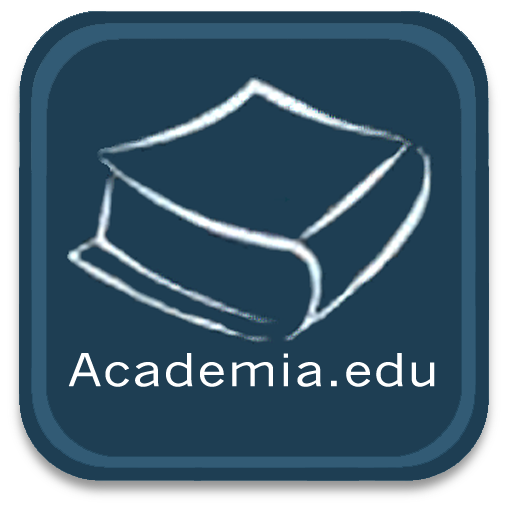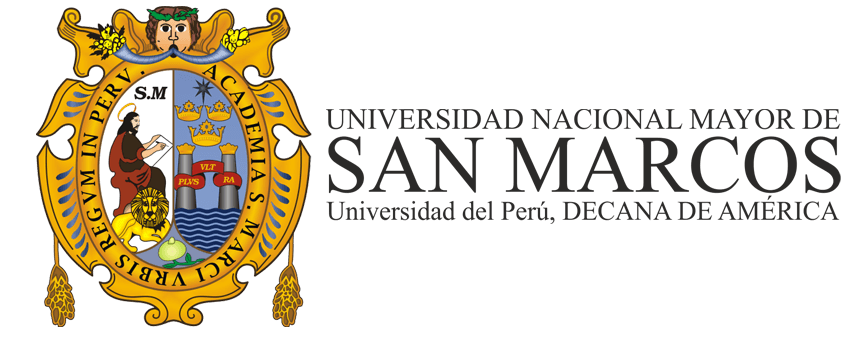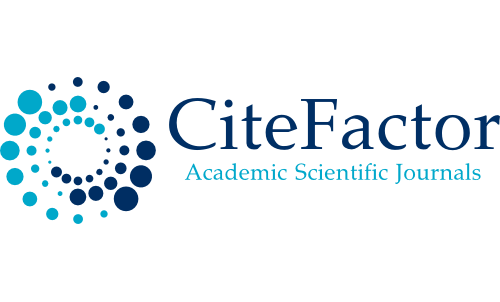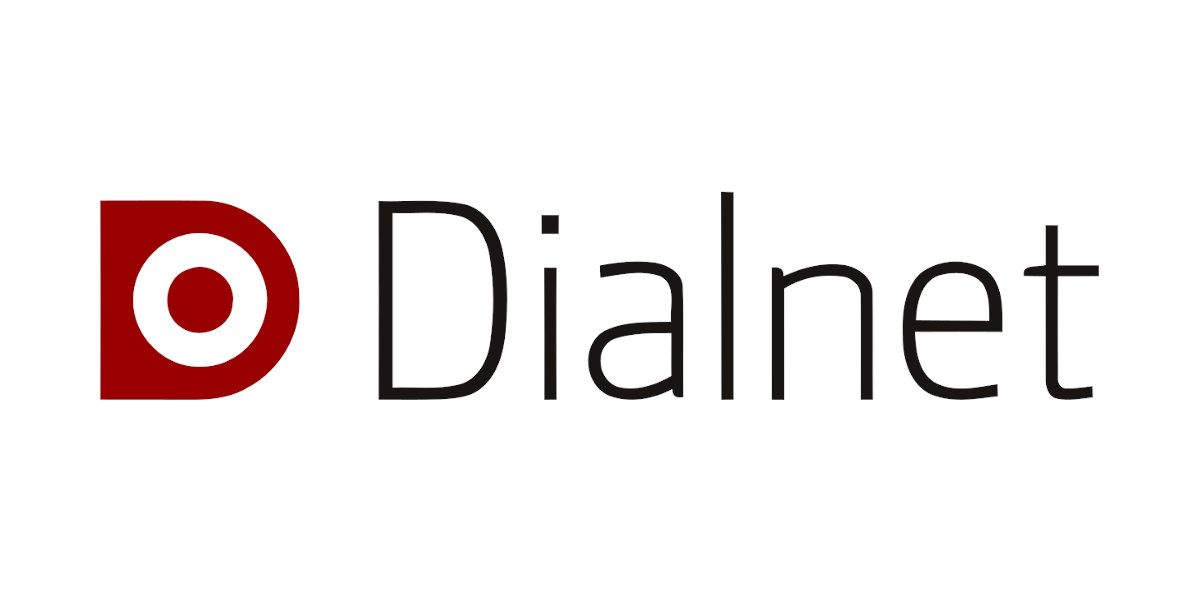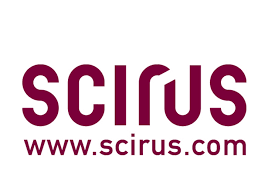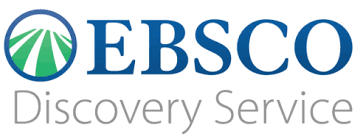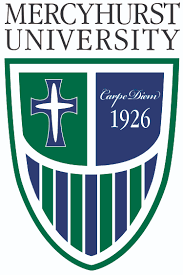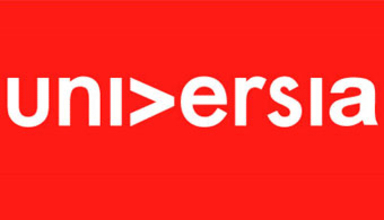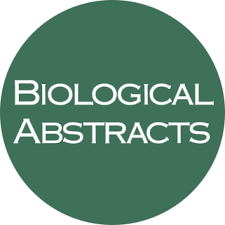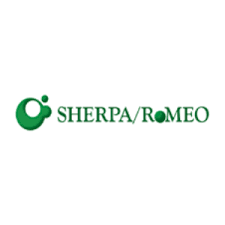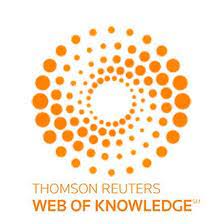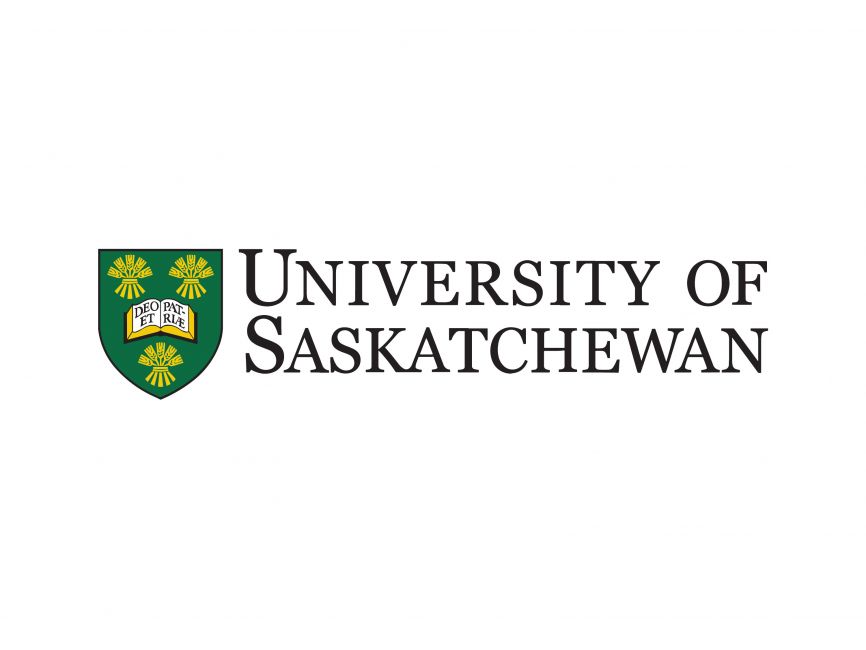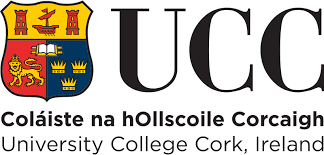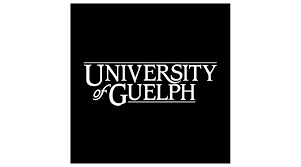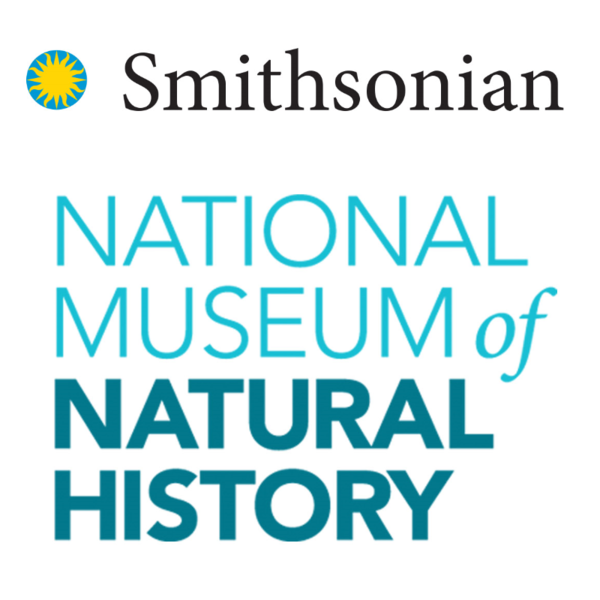Endoparasites associated with anuran amphibians in a conservation area in the Sete Cidades National Park, Piauí State, Brazil
DOI:
https://doi.org/10.62429/rnh20251911905Palavras-chave:
Anurans, Helminthes, Inventory , Nematodes, Semi-aridResumo
Canine visceral leishmaniasis (CVL), caused by Leishmania infantum (Ross, 1903), is an emerging disease in Uruguay, posing significant public and animal health challenges. This study aimed to evaluate the relationship between clinical signs and hematological, hepatic, and renal alterations in dogs seropositive for L. infantum in Uruguay. Canids were classified according to the absence/presence of clinical signs as asymptomatic (no apparent signs of disease), oligosymptomatic (less than three clinical signs compatible with CVL), polysymptomatic (three to six clinical signs), and hypersymptomatic (with more than six clinical signs). Laboratory analysis revealed significant alterations in hematological, hepatic, and renal parameters as the number of clinical signs increased. Polysymptomatic and hypersymptomatic dogs exhibited significant decreases in erythrocytes, hemoglobin, hematocrit, mean corpuscular hemoglobin (MCH), and mean corpuscular hemoglobin concentration (MCHC), alongside increased segmented neutrophils and decreased lymphocytes. Hepatic function tests showed reductions in total and direct bilirubin, albumin, and the albumin/globulin ratio, while renal parameters suchas urea and creatinine increased significantly with clinical severity. The multidimensional analysis highlighted distinct clusters of clinical signs and laboratory parameters that reflect the systemic effects of the disease. These findings highlight the progressive nature of CVL, characterized by worsening of erythropoiesis, hepatic dysfunction, and renal impairment. The study emphasizes the importance of early diagnosis and monitoring of clinical and laboratory parameters to manage this emerging disease effectively. The emergence of CVL in Uruguay calls for increased surveillance and control measures to mitigate its impact on both canine and human populations.
Downloads
Publicado
Como Citar
Edição
Seção
Licença

Este trabalho está licenciado sob uma licença Creative Commons Attribution-NonCommercial-NoDerivatives 4.0 International License.
OBJETO: El AUTOR-CEDENTE transfiere de manera TOTAL Y SIN LIMITACIÓN alguna al CESIONARIO los derechos patrimoniales que le corresponden sobre la (s) obra(s) tituladas: xxxxxxxxxxxxxxxx, por el tiempo que establezca la ley internacional. En virtud de lo anterior, se entiende que el CESIONARIO adquiere el derecho de reproducción en todas sus modalidades, incluso para inclusión audiovisual; el derecho de transformación o adaptación, comunicación pública, traducción, distribución y, en general, cualquier tipo de explotación que de las obras se pueda realizar por cualquier medio conocido o por conocer en el territorio nacional o internacional.
REMUNERACIÓN: La cesión de los derechos patrimoniales de autor que mediante este contrato se hace será a título gratuito.
CONDICIONES Y LEGITIMIDAD DE LOS DERECHOS: El AUTOR-CEDENTE garantiza que es propietario integral de los derechos de explotación de la(s) obra(s) y en consecuencia garantiza que puede contratar y transferir los derechos aquí cedidos sin ningún tipo de limitación por no tener ningún tipo de gravamen, limitación o disposición. En todo caso, responderá por cualquier reclamo que en materia de derecho de autor se pueda presentar, exonerando de cualquier responsabilidad al CESIONARIO.
LICENCIA DE ACCESO ABIERTO: El AUTOR-CEDENTE autoriza que manuscrito publicado en La Revista Neotropical Helminthology permanece disponible para su consulta pública en el sitio web https://www.neotropicalhelminthology.com/ y en los diferentes sistemas de indexación y bases de datos en las que la revista tiene visibilidad, bajo la licencia Creative Commons, en la modalidad Reconocimiento-No comercial- Sin Trabajos derivados –aprobada en Perú, y por lo tanto son de acceso abierto. De ahí que los autores dan, sin derecho a retribución económica, a la Asociación Peruana de Helmintología e Invertebrados Afines (APHIA), los derechos de autor para la edición y reproducción a través de diferentes medios de difusión.

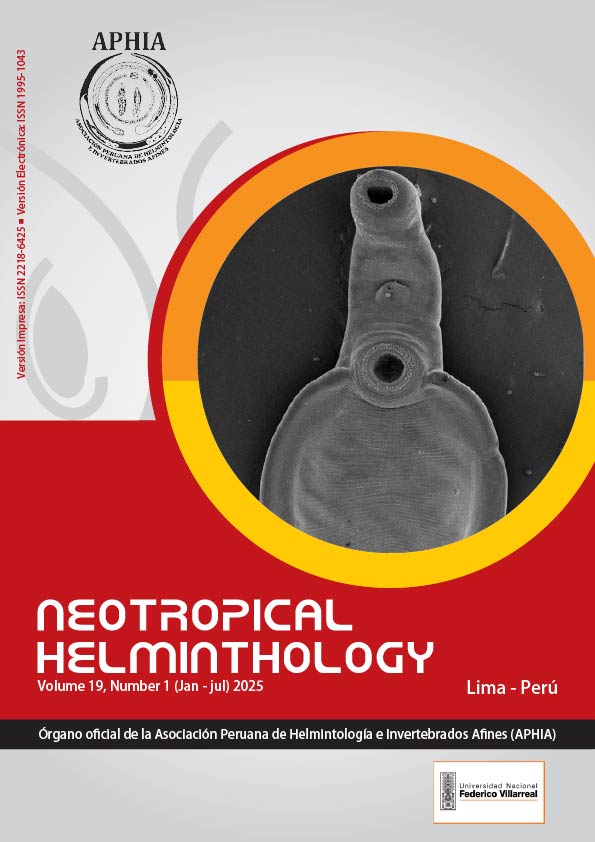
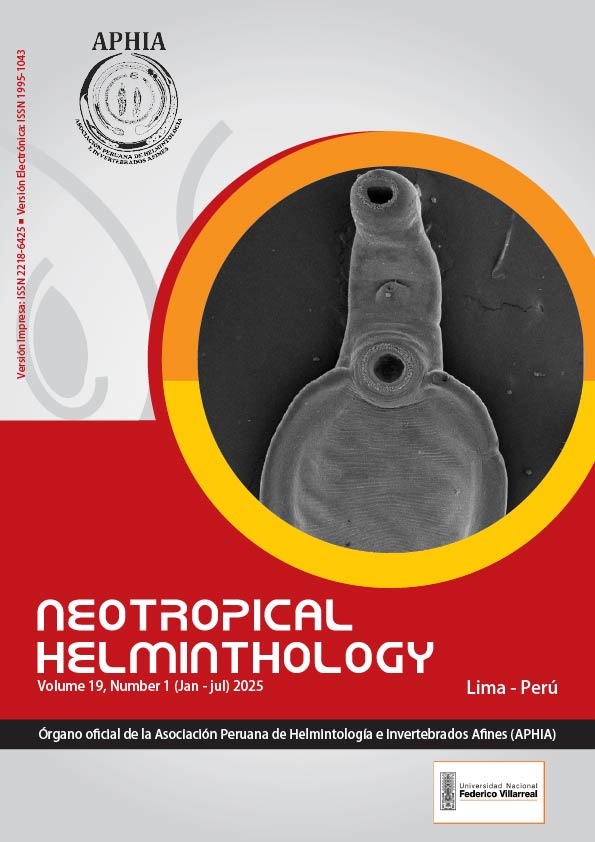 Numero 2 Volumen 19 - 2025 (versión Anticipada)
Numero 2 Volumen 19 - 2025 (versión Anticipada)









